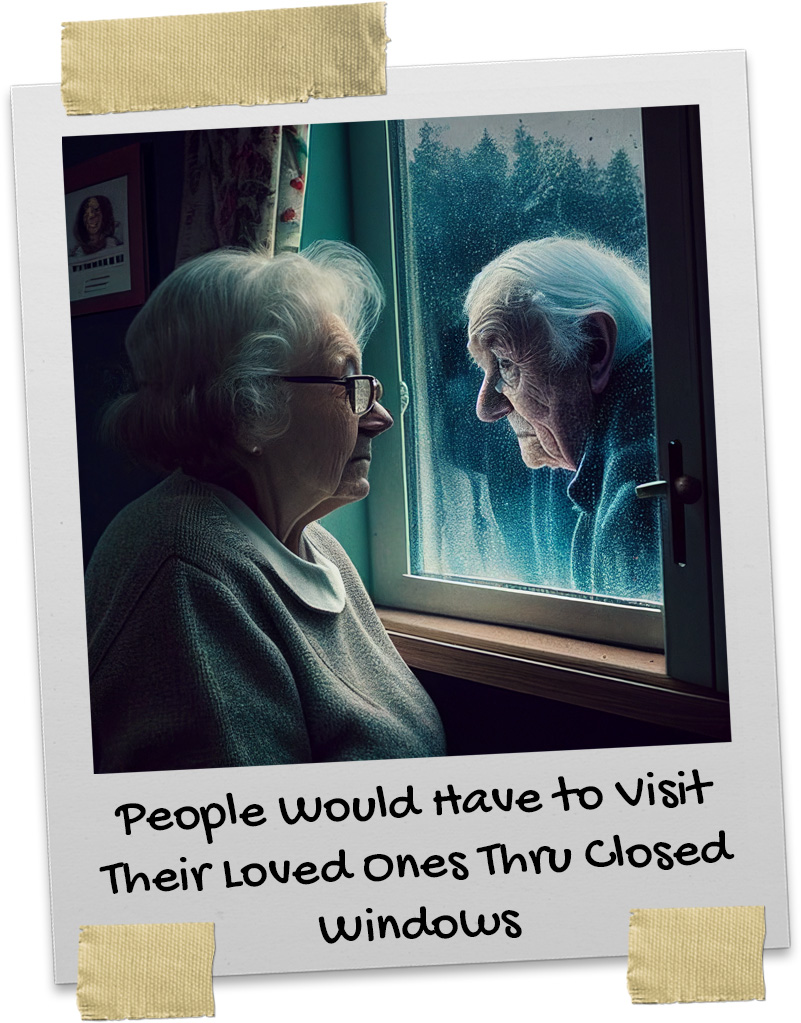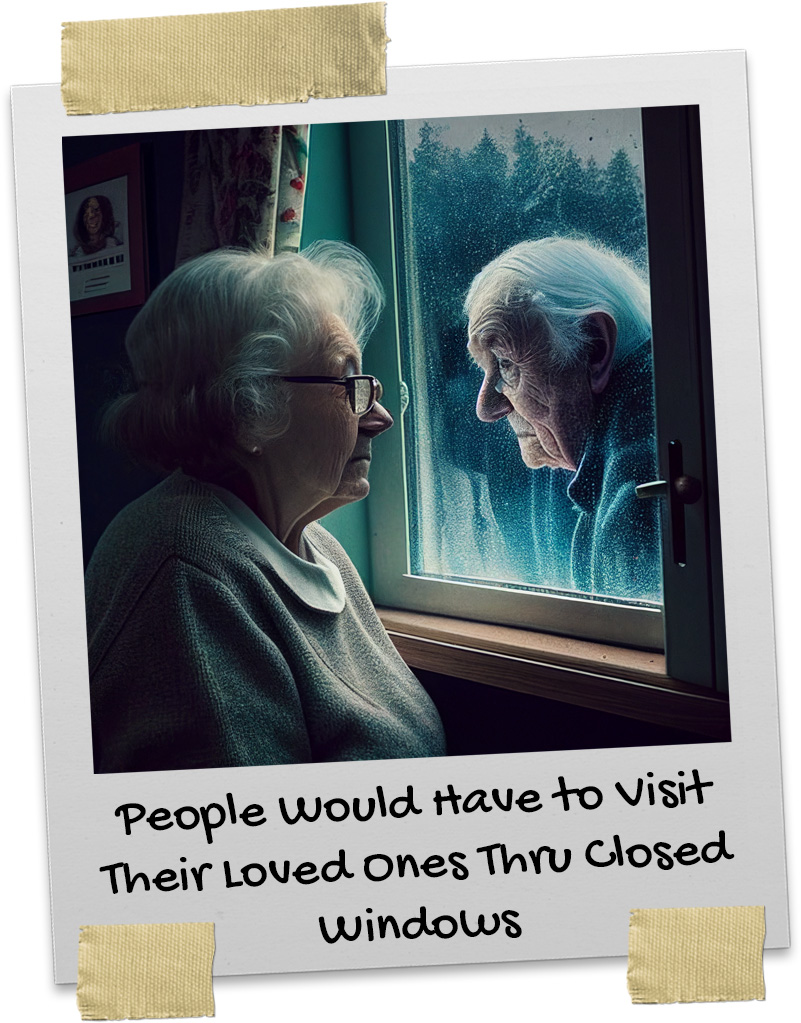People Visited Their Loved Ones through Closed Windows


Since late March 2020, nursing homes and assisted-living facilities across the country prohibited visitors. The population in the facilities was the most prone to the virus and an outbreak could cause serious devastation to the population. In most states, people contracting the virus in long-term care facilities accounted for most of the deaths from COVID-19. This meant that many families were unable to see or communicate with their elderly loved ones in person, for weeks or months on end.
One of the most difficult challenges faced by many families was the need to keep elderly loved ones safe by avoiding in-person visits. Families had to drop off care packages at locked doors and wave to their loved ones from afar. Most resorted to communication through remote video conferencing, which presented challenges with an elderly population.Around mid-June 2020, many states loosened the guidelines and allowed for window visitations, provided protocols were followed. It was a way to connect with their elderly loved ones, while keeping them safe.
Window visits involved meeting up, with the resident sitting safely inside, and the visitors outside, with a window between that provided a barrier for transmission. The family members could talk on the phone to hear better, but the face-to-face contact was important.
Some families gathered outside of the building, brought signs, balloons, and even set up speakers so they could play music to the residents inside. Others would simply stand outside a window and have a conversation with their loved one, even if it was through glass.
This was one of the first instances where lockdown measures were relaxed, and it's helped alleviate the seclusion felt by seniors. Research showed that prolonged isolation could lead to a decline in life expectancy and an increased risk of heart disease and dementia. It also made it easier for family members to keep tabs on the resident’s wellbeing and ensure their daily necessities were met. It brightened up the day for the elderly person and their caretakers and provided a sense of connection for the visitors. Families got to reconnect in a time when nursing homes were heavily locked down.



